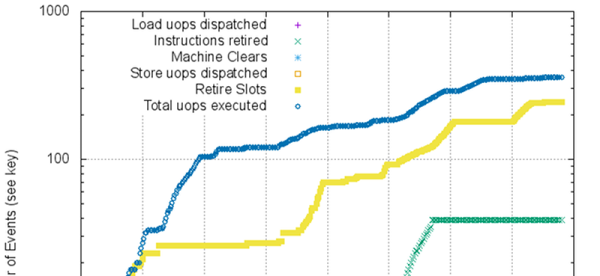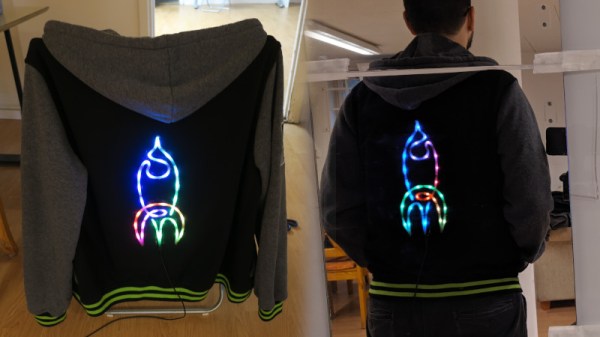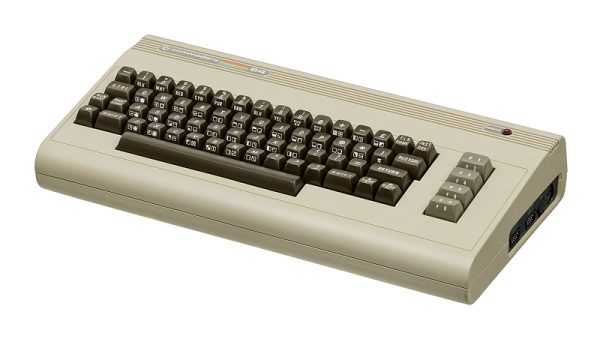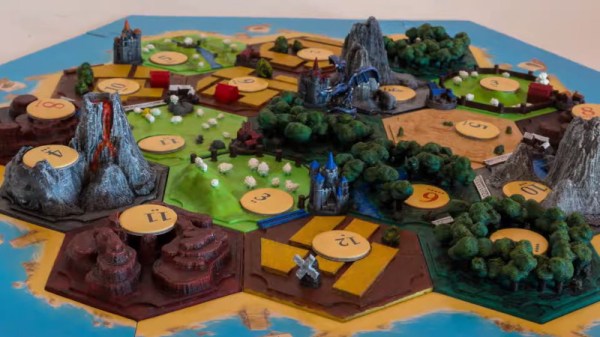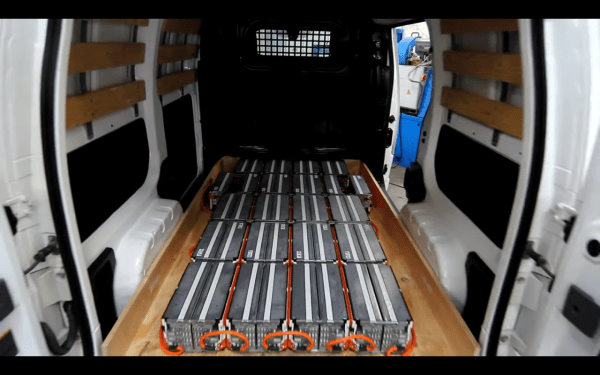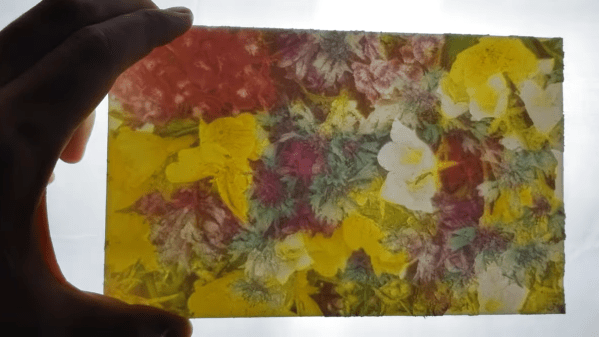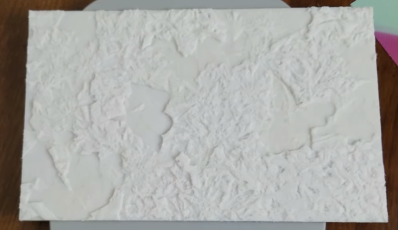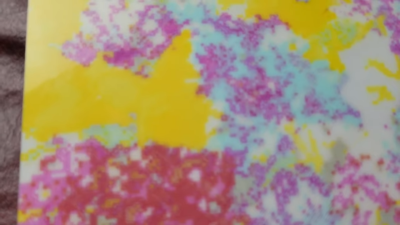[Gamozolabs’] post about Sushi Roll — a research kernel for monitoring Intel CPU internals — is pretty long. While we were disappointed at the end that the kernel’s source is not exactly available due to “sensitive features”, we were so impressed with the description of the modern x86 architecture and some of the work done with Sushi Roll, that we just had to post it. If the post gets you wanting to actually try some of this, you can check out another [Gamozolabs] creation, Orange Slice.
While you probably know that a modern Intel CPU bears little resemblance to the old 8086 processor it emulates, it is surprising, sometimes, to realize just how far it has gone. The very first thing the CPU does is to break your instruction up into microoperations. The execution engine uses some sophisticated techniques for register renaming and scheduling that allow you to run instructions out of order and to run more than one instruction per clock cycle.
Continue reading “Sushi Roll Helps Inspect Your CPU Internals”

